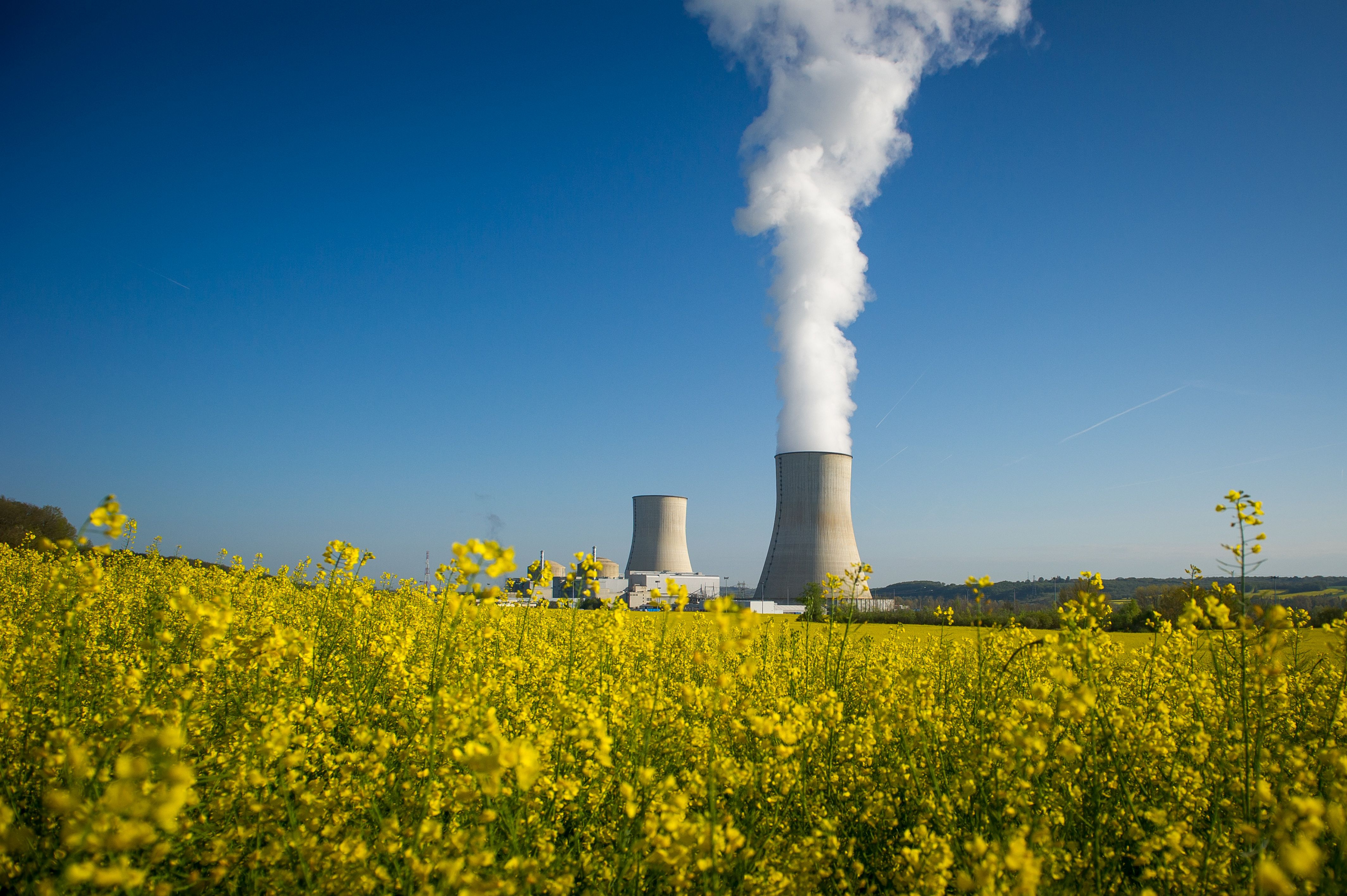

The largest public power company in the U.S., the Tennessee Valley Authority, launched a program in February to develop and fund new small modular nuclear reactors as part of its strategy to dramatically reduce greenhouse gas emissions. nuclear industry has provided a steady 20% of the nation's power for years, but now plant operators are hoping to nearly double their output over the next three decades, according to the industry's trade association. Test engineer Jacob Wilcox pulls his arm out of a glove box used for processing sodium at TerraPower, a company developing and building small nuclear reactors on Jan. The group applauded when she said 90 gigawatts of nuclear power could be added. nuclear output in a speech to industry leaders and policymakers Tuesday in Washington for the NEI's Nuclear Energy Assembly conference, telling them that "we're at a crossroads for our industry and the planet" and the response to the climate crisis is intrinsically tied to the electrical grid, economy and energy security. Korsnick talked about the possibility of doubling U.S. When approved in 2012, the first new nuclear reactors to be built in decades were estimated to cost $14 billion. A project in Georgia-the only nuclear plant under construction in the United States-is now projected to cost its owners more than $30 billion. It's costly and time consuming to build huge conventional nuclear plants. That's enough to power more than 70 million homes. Their output totaled 778 million megawatt hours in 2021, which was 1.5% less than the previous year and 19% of the nation's electricity, the information administration said. The nation's current 92 operating reactors have nearly 95 gigawatts of capacity. nuclear electricity generation capacity peaked at 102 gigawatts in 2012, when there were 104 operating nuclear reactors, according to the U.S. "There's no reason that we shouldn't be able to to bring these products to market." "We have the innovation, we have the capability, we have the American ingenuity," she said. That translates to about 300 new small modular reactors, estimated Maria Korsnick, president and chief executive officer of the institute. grid, with the bulk of that coming online by 2050, according to the association. Utilities that are members of the Nuclear Energy Institute project they could add 90 gigawatts of nuclear power, combined, to the U.S. companies are developing advanced reactors, with some that could come online by the end of the decade if the technology succeeds and federal regulators approve. The massive scaling-up envisioned by the utilities hangs on the functionality of a new type of nuclear reactor that's far smaller than traditional reactors.


 0 kommentar(er)
0 kommentar(er)
